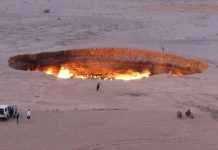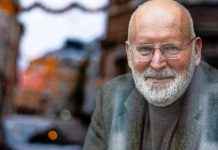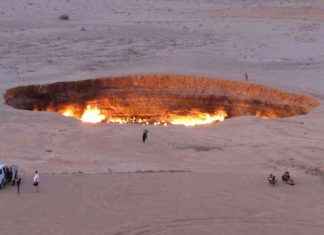Shinzo Abe was destined to transform Japan’s politics from the moment he assumed power in 2006. He became Japan’s youngest prime minster at 52 years old. After being shot at a rally held in Nara by Yamagami Tetsuya (a 41-year old former military man), Abe was left lifeless. The attack on Friday in Japan is a wakeup call for those who are prone to political violence and ideological radicalization.
Abe, until his resignation at the end August 2020 due to health problems, was the president of the Japanese archipelago. Its leaders rarely last more than a year. Just as Abe was about to set the record for longest time in office as prime Minister (2,799), a ill-timed hospital visit revealed that he was suffering from ulcerative colitis again. This same intestinal disease had forced his resignation in 2007. Abe was then replaced by Yoshihide, who was later revealed by Fumio Kirishida, the current prime minister. He was as shocked as everyone else by this attack. It is clear that Abe caused passion and hatred in Japan’s measured Japan where emotion control is a hallmark of their national identity.
Born in Nagato Prefecture in 1954, Abe received his degree in Politics at Seiki University in 1977. He then continued his education at the University of Southern California. Shintaro Abe was his father and Nobusuke Kishi was his grandfather. After a short stint in private business, he eventually joined the Liberal Democratic Party (PLD).
He is considered a hawk by the Japanese right because of his desire to reform the country’s pacifist Constitution. However, he was also known for maintaining tension relations with China, South Korea, and South Korea during his tenure in power. This was due to his visits to Yasukuni shrine where the souls are of those who died in the line for Japan. His stimulus program, called ‘Abenomics, was a promoter of economic recovery and he hoped to restore Japan’s international relevance after the rise of China. The Paralympic and Olympic Games, scheduled to take place in Tokyo in 2020, were delayed until 2021 by the coronavirus. Abe had two world events he wanted to instigate, but first the pandemic, then his health, stopped him from doing so. He broke with Japanese tradition and dressed up as Super Mario in order to be awarded the Olympic relay at the Rio de Janeiro Games. This joke brought him closer to the people and solidified his reputation during his second stint as Japan’s leader.
After having worked for many years in the ranks the hegemonic Liberal Democratic Party, (PLD), he was elected Prime Minister in 2006. He succeeded Junichiro Koizumi in that role. The Government lost the presidency of this political formation one year after Koizumi’s landslide victory. Abe was plagued by corruption scandals, and the unexplainable loss of millions in Social Security contributions, and he resigned in September 2007 due his serious health issues.
Despite this failure, Abe ran again in 2012 elections to defeat the Social Democratic government, which had been devastated by the Fukushima nuclear accident and the tsunami. Abe has twice brought forward the elections to exploit the weakness of the opposition, and he was re-elected with a significant advantage. In 2014 and 2017, he did this again, but he didn’t give his main opponent, Tokyo Yuriko Koike time. I was able to fight. Abe ended the tradition of Japanese prime ministers being short-sighted since Junichiro Koizumi (who was in office from 2001 through 2006). Curiously, Eisaku Sato was the previous prime minister to have this record of constancy.
Because of the weakness of his opposition, Abe was able to survive the collapsed Japanese economy, corruption cases, and the coronavirus pandemic. He was still active two years after his retirement and it was possible that he might run for election again, if his health permitted. All to realize his dream of changing Japan. He can make a revolution even if it means he is killed in this bizarre attack in a country that has shown its pacifism after World War II.








